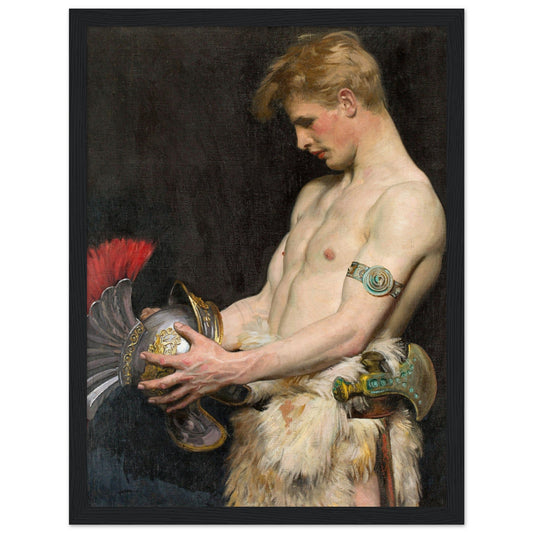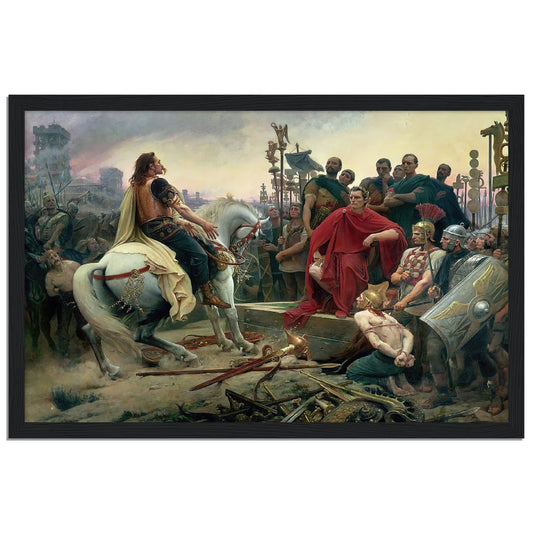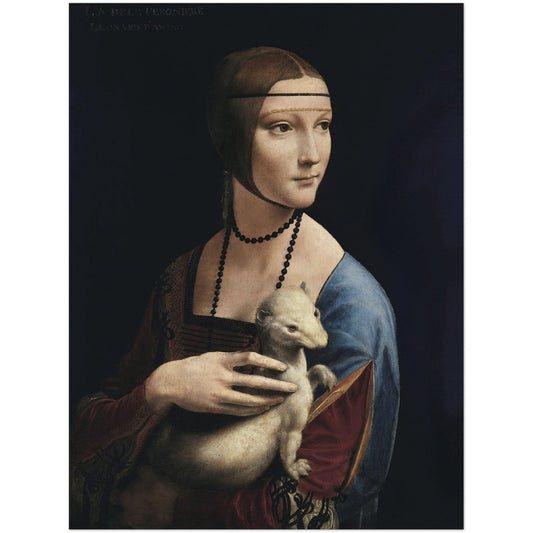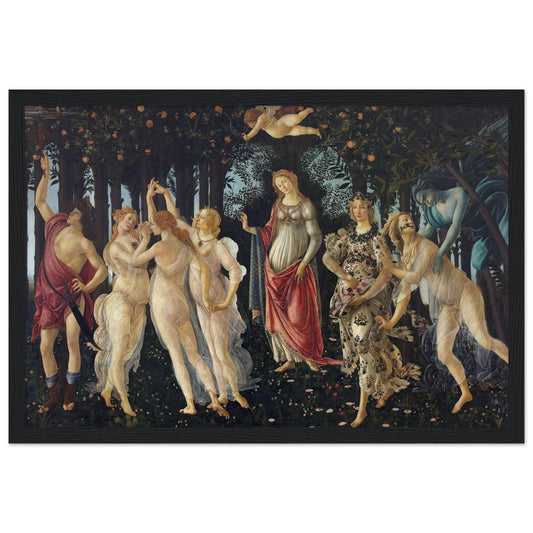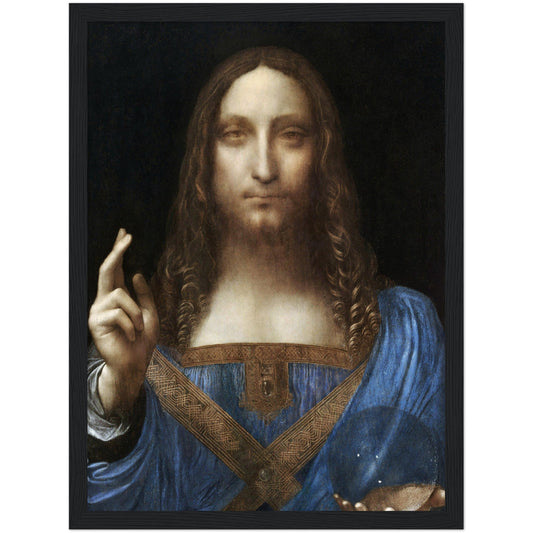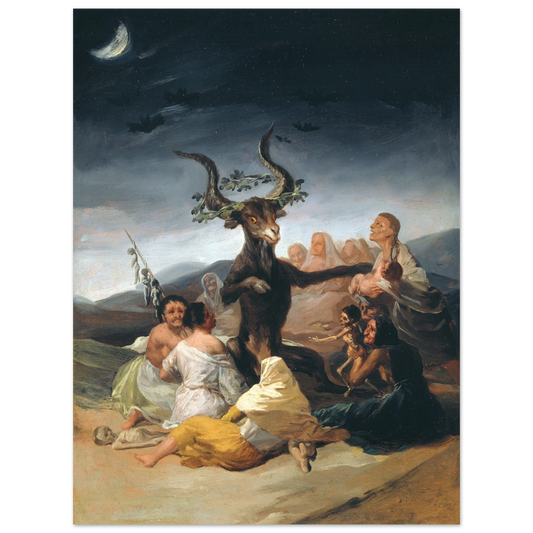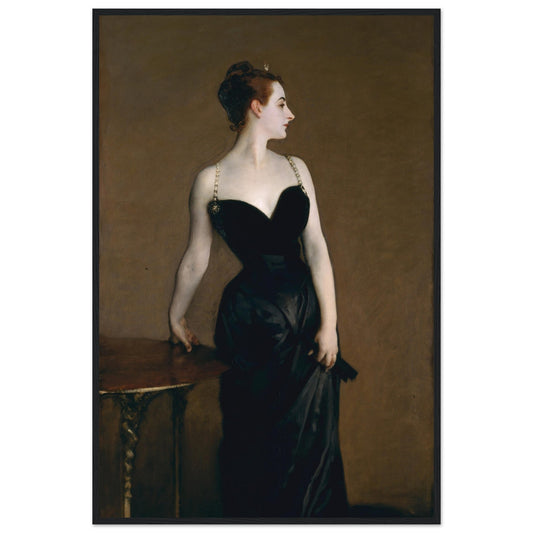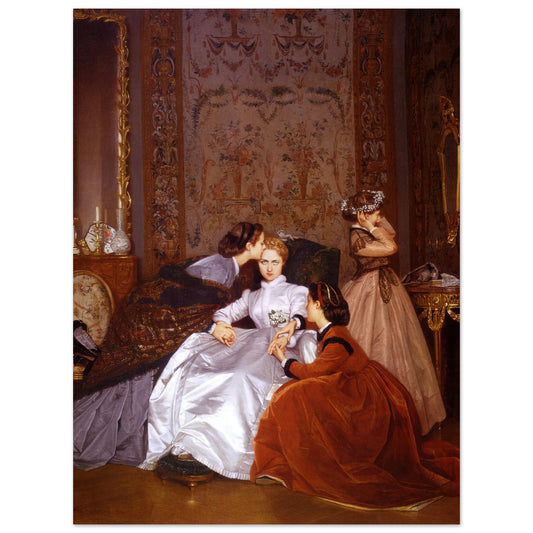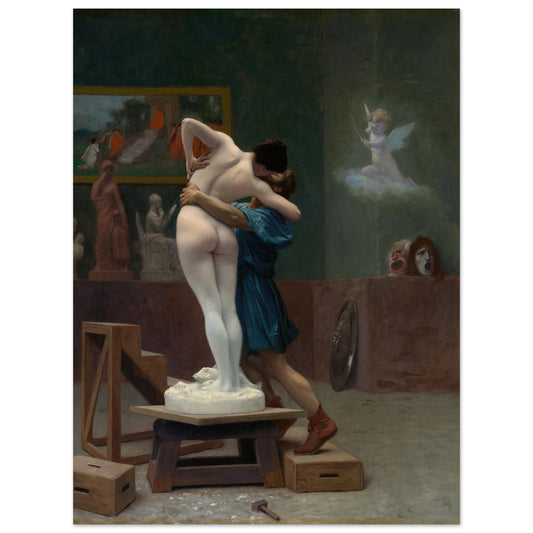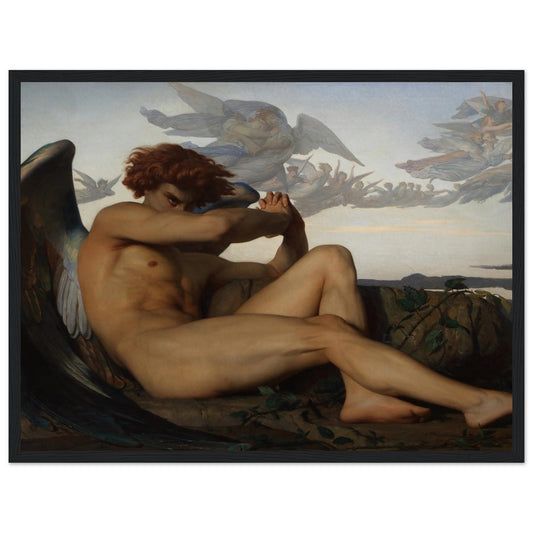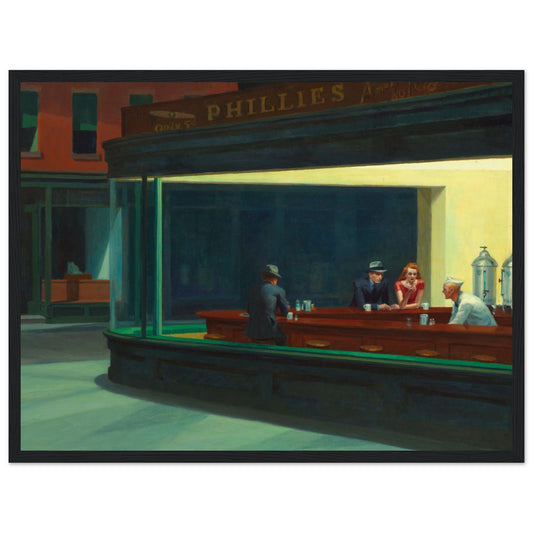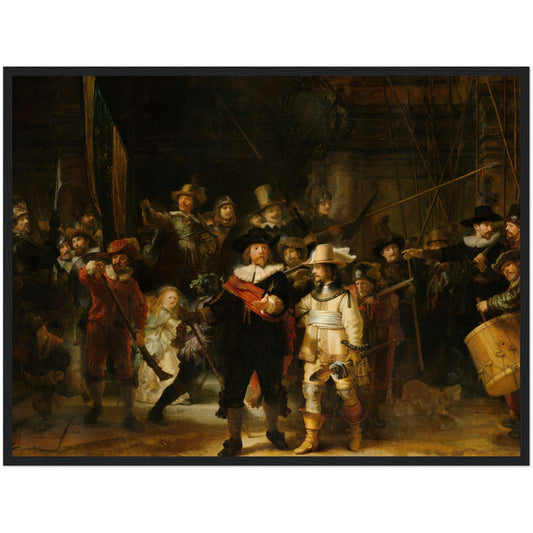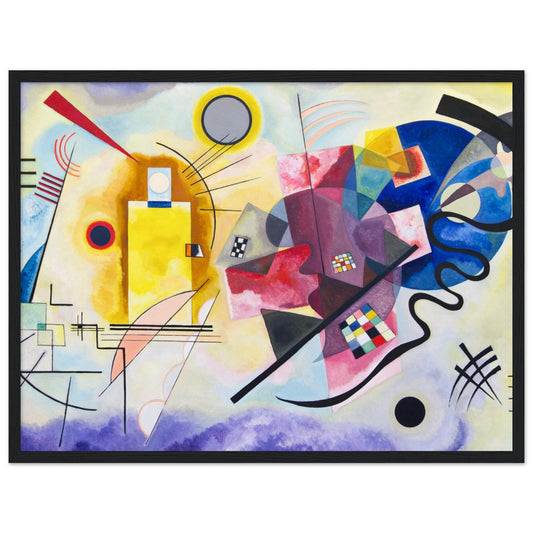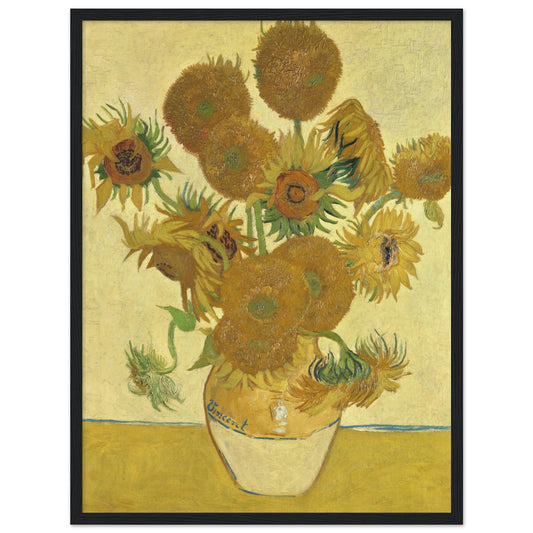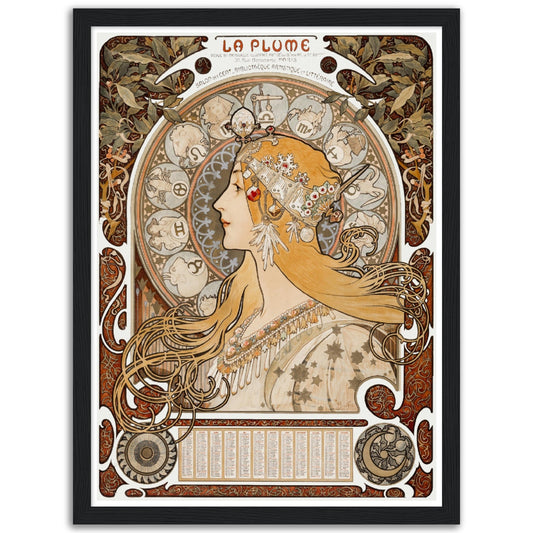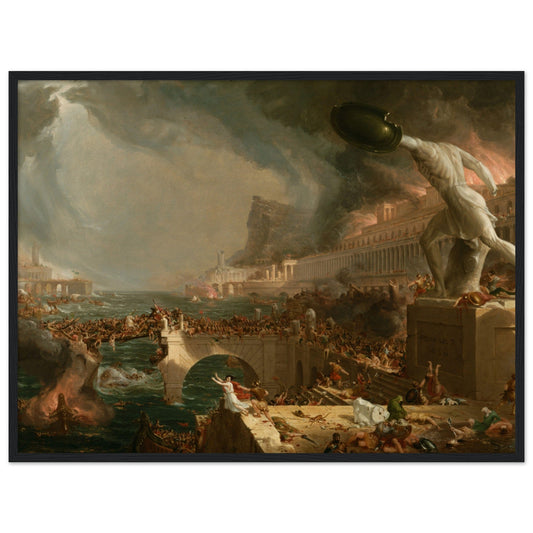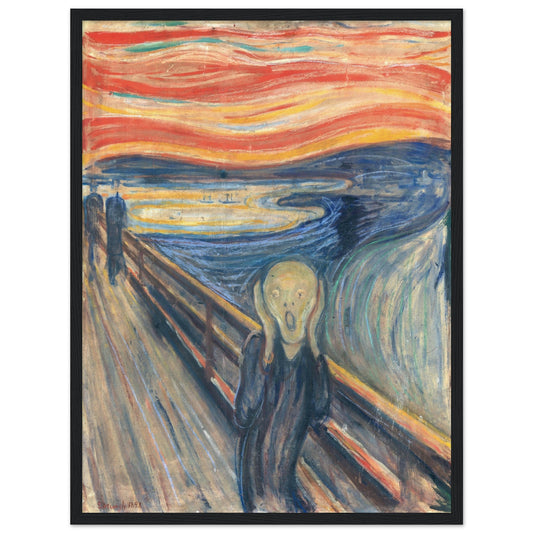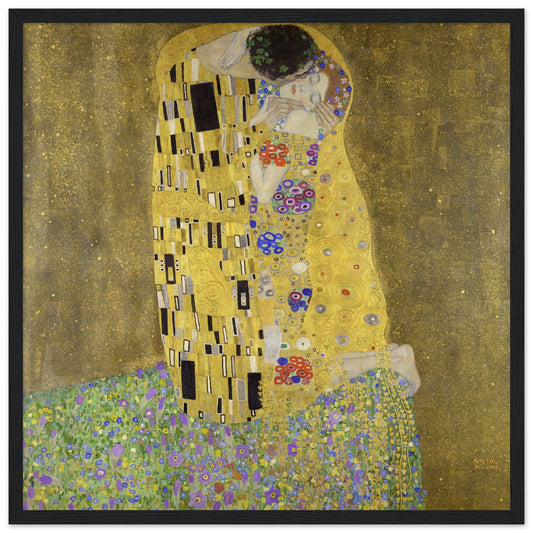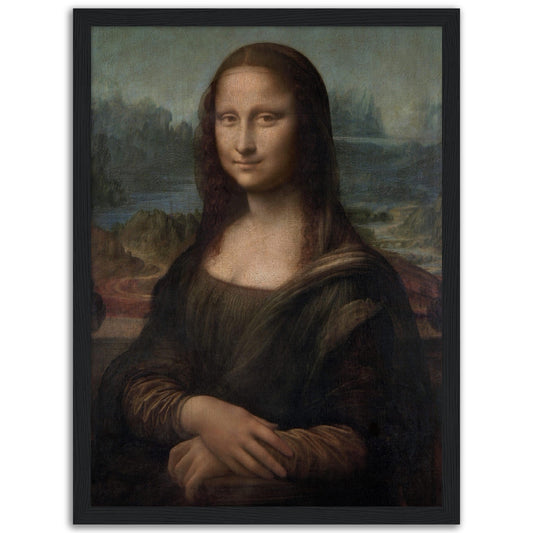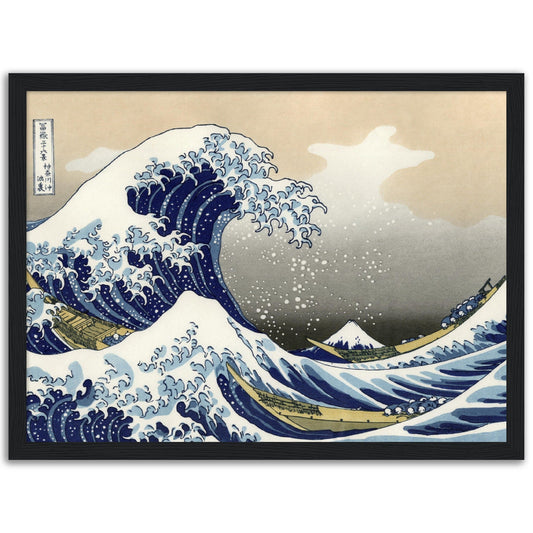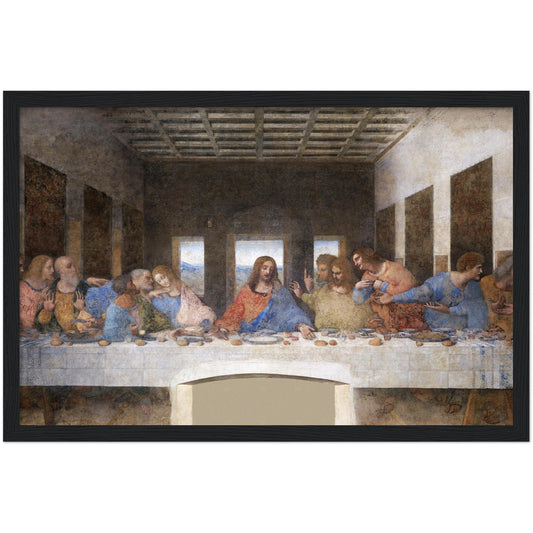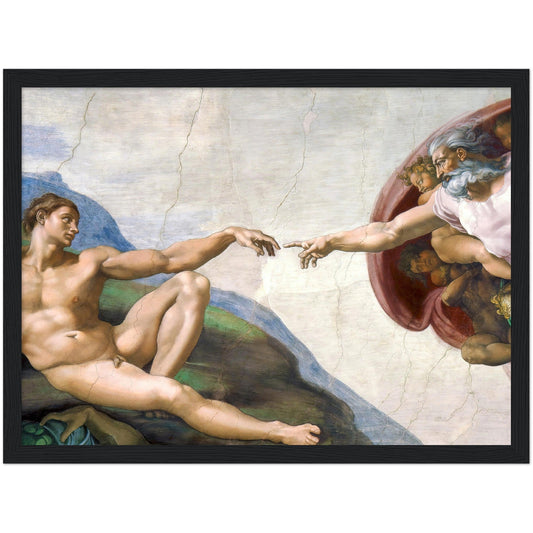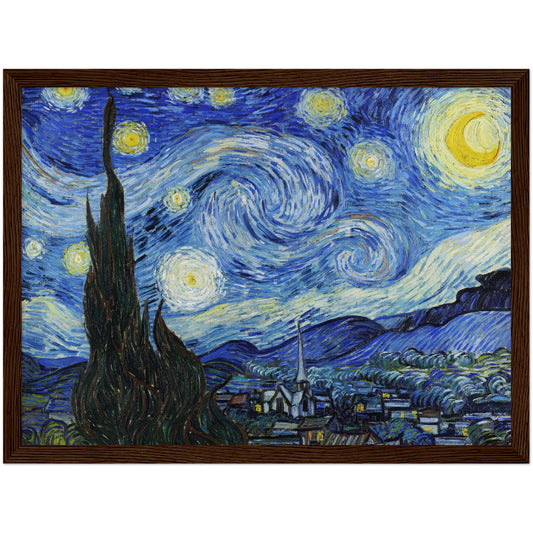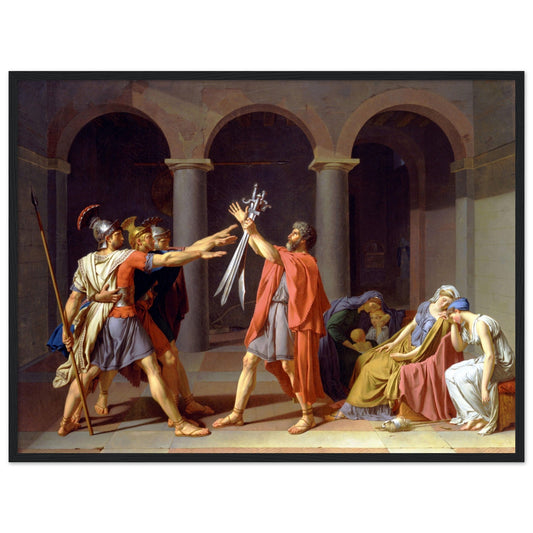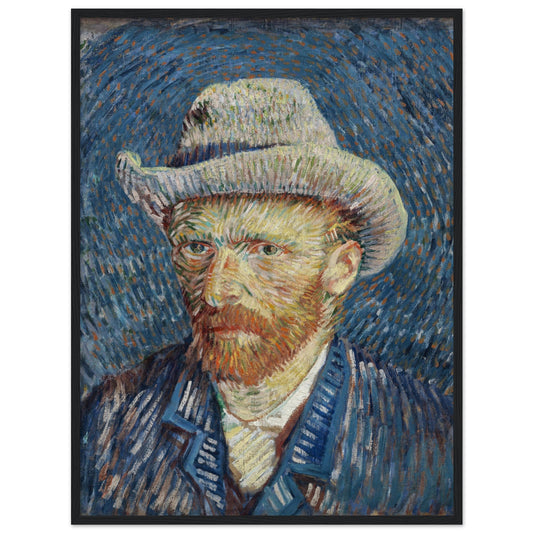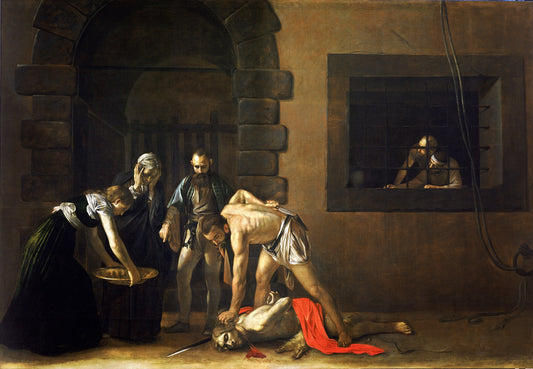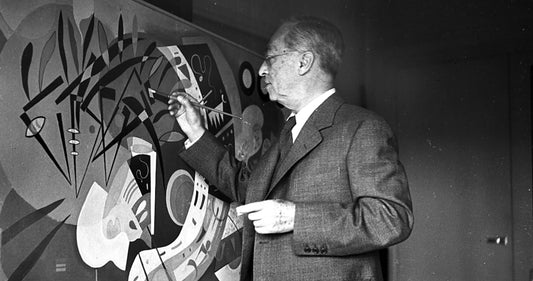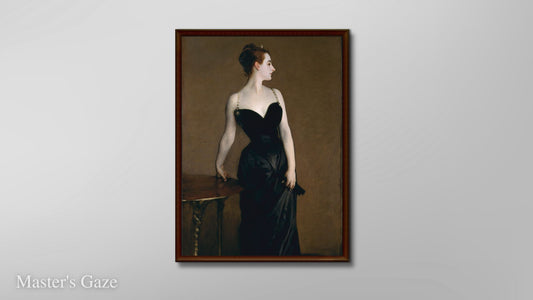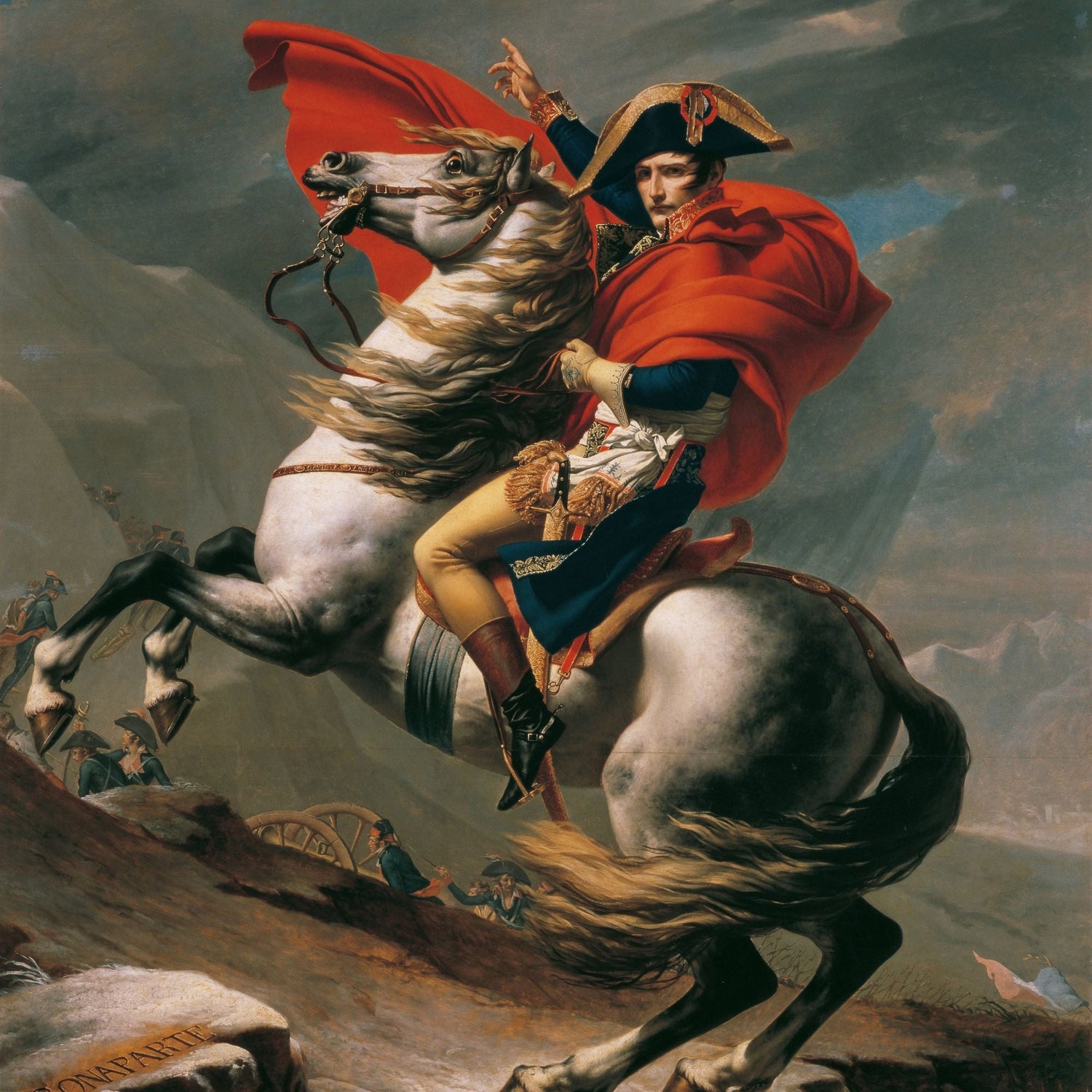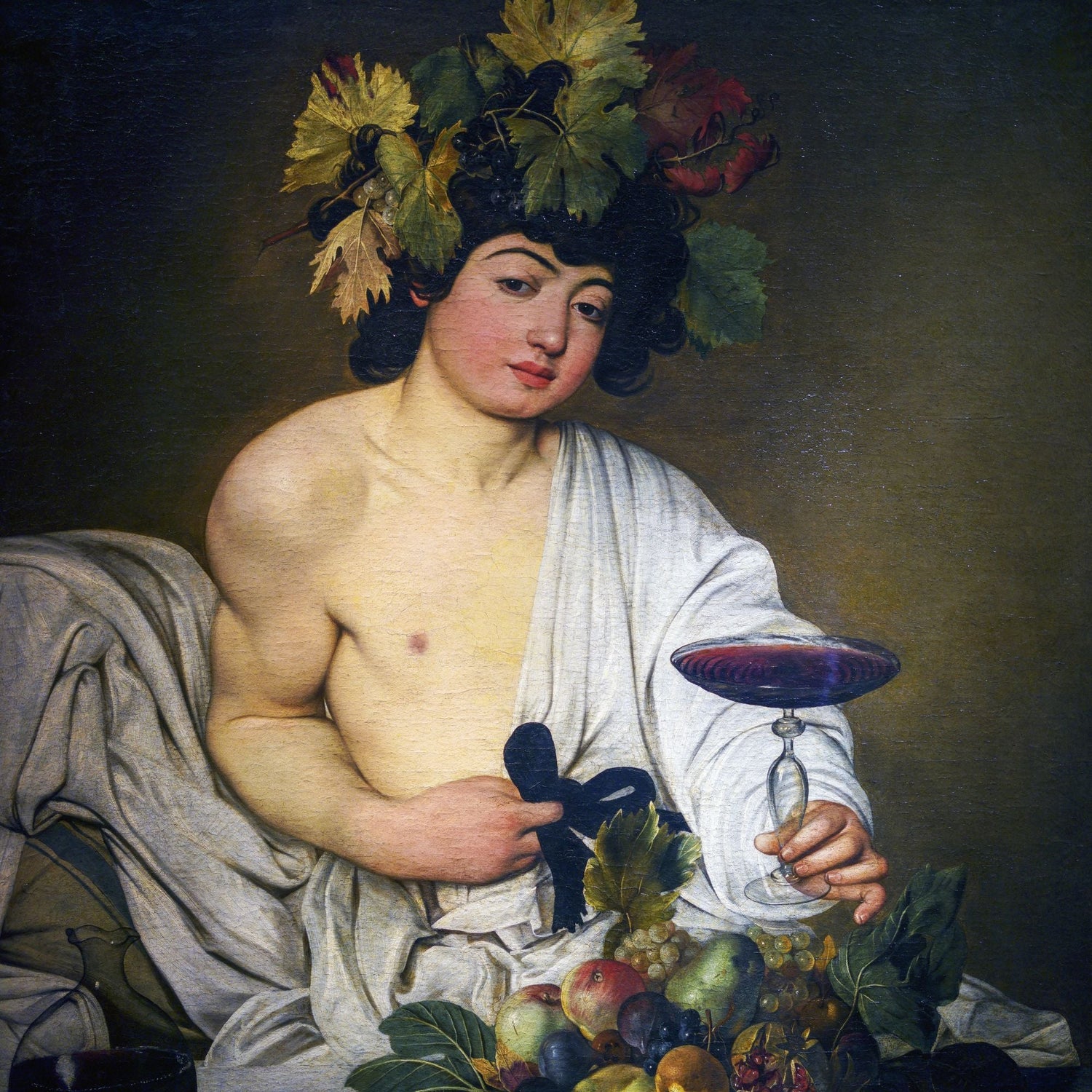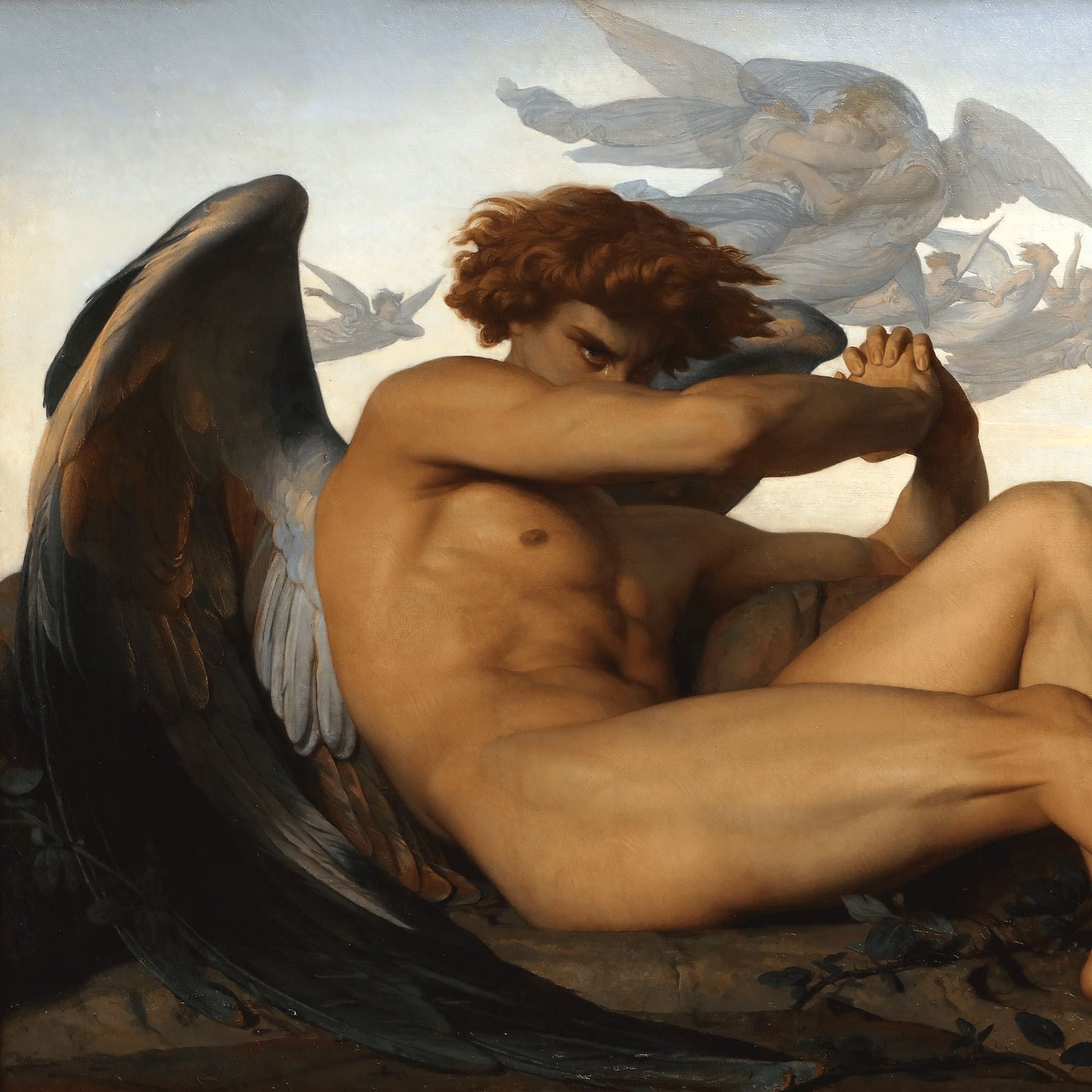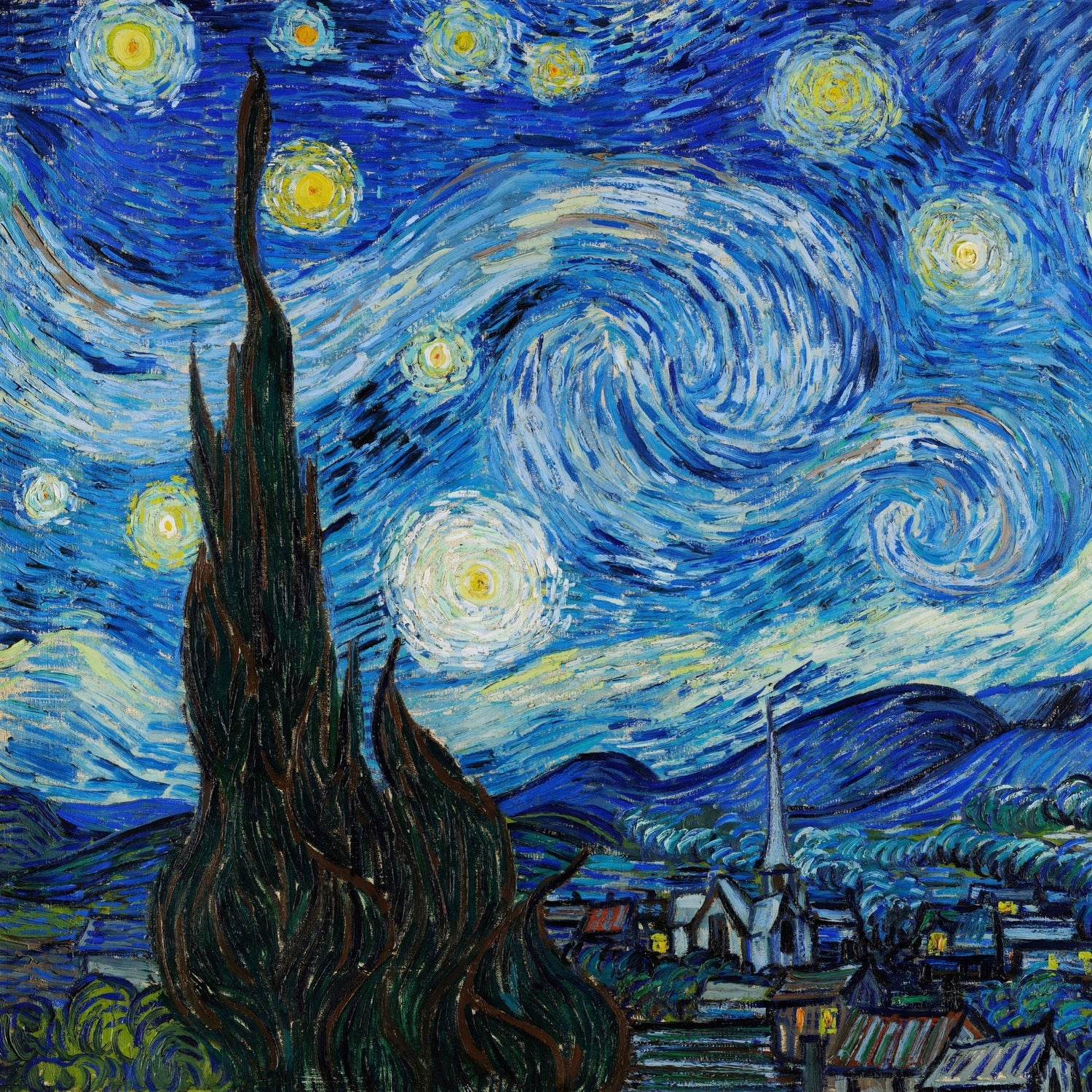When we think of the greatest sculptor of the Renaissance, Michelangelo comes to mind, who produced one of the most famous statues ever: David. Few know that Leonardo da Vinci could have been the best sculptor at the time, creating the largest statue in the world. The undertaking was colossal, but things didn't go as they should, not because Leonardo hadn't found a way to make it, but for historical reasons. How did things really go? What happened to this statue?
Today we will explore this incredible story, which few know, by answering these and other questions.
Table of Content:
- The Background
- Let the Work Begin
- The fall of the horse
- Conclusion
If you want, you can check the video we made about this topic, by clicking this image:
The Background
In 1482 Leonardo from Florence moved to Milan, to enter into the good graces of Ludovico il Moro. The first years were very hard for him, as he could not get many art commissions, and he was paid very little to be able to live there and make a name for himself.
About 7 years passed since his arrival in Milan. Leonardo managed to produce works of extreme beauty including, The Virgin of the Rocks, The madonna litta, a portrait of a musician, the Belle Ferronnière, and the lady with an Ermine. At the time the only jobs he did for the Duke of Milan were engineering projects and the creation of theatrical sets.
But one day Leonardo found himself talking to Ludovico il Moro, he wanted to honor his father, Francesco, who started the lineage of the Sforza and who died in 1466. He wanted to create something never done before, something that would make people understand the greatness, importance, and technical capacity that the city of Milan had.
At that time a man's strength was measured by the battles he had won. So it occurred to Leonardo, on a visit to the royal stables, to depict Francesco Sforza on a prancing horse crushing an enemy. This would have brought glory to the Sforza house and the city of Milan, as well as to himself.
Let the work begin
The undertaking was colossal, not only for the size of the statue, which had to be cast in bronze but also for the intention of sculpting a horse in the act of rearing up and falling on the enemy. The artist spent months studying horses, frequenting the ducal stables to closely study the anatomy of these animals, especially with regard to the relaxation and tension of the muscles during the action.
He knew that his sculpture had to be iconic, better on an aesthetic and technical level than those created by the master Verrocchio, in Venice, and by Donatello, exhibited in Padua.
With his studies, Leonardo wrote a treatise on the anatomy of horses, which also included detailed plans on the casting of bronze, and on the iron bars that served to support the work.
The statue had to be 7 meters high, and 100 tons of molten bronze would have been needed to complete it.
In making the clay model, Leonardo noticed the difficulty in the internal support structure. He was afraid that once made in bronze, it could break and collapse. So he decided to make a second version of the horse, in a more relaxed pose, but no less beautiful.
In November 1493, a life-size clay model of the horse was exhibited at one of the Sforza's weddings, bringing Leonardo considerable fame.
The fall of the horse
Everything was ready to carry out the work, on December 1493, Leonardo declared himself ready to start the casting process. Unfortunately, the 100 tons of bronze needed to build the monument were no longer available. The French of Charles VIII were at the gates, his intent was to conquer the Kingdom of Naples. On the verge of war, bronze had to be used to make cannons to defend themselves, so Leonardo could no longer continue the work.
The ceramic statue remained publicly displayed, but when the French arrived in the city in 1499 at the beginning of the Second Italian War, they used it as a shooting target and destroyed it.
Unfortunately today there is nothing left of that statue, only Leonardo's drawings and some descriptions from the people who had seen it.
Conclusion
Another great work by Leonardo was targeted by the French: The Last Supper.
The refectory where it was painted was used as a stable for horses, but if you want to delve into all the background of this painting, I suggest you watch our dedicated video.


